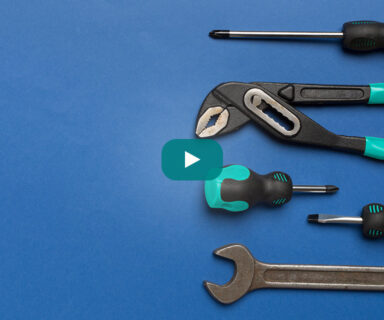
Despite having significantly more data sources than in the past, marketers have clung to a static approach to demand generation—drive leads, put them at the top of the sales funnel, work those leads through marketing and sales, and hope to close a small percentage. In order to tap into our true potential for enabling sales, we as marketers have to rethink the demand generation funnel as we know it.
Solving today’s demand generation challenges requires a more integrated approach—one that leverages the power of intent data alongside practices like traditional lead generation. Such a strategy enhances our ability to capture much more of our total addressable market, and most importantly, allows us to stop missing out on real sales opportunities.
What’s Wrong with Today’s Demand Generation Funnel?
Focusing on the demand generation funnel inherently limits your sales potential. By its very nature, the funnel only captures the leads that you’re putting into it, which means you can only convert a fraction of your target market.
While many businesses are very successful with the current demand generation funnel, the fact remains that success is relative in this respect. Marketers have been content to convert single-digit percentages of leads because they’ve never known anything else. Addressing the bigger picture of in-market leads has seemed like an unreachable goal.
Leads you actually put into your funnel only represent a small portion of the research activity that buyers conduct online. The advent of purchase intent data helps fill this gap by uncovering the rest of in-market prospects who are demonstrating buying signals through their research habits and activities. This ultimately casts a much wider net of potential customers beyond just those you’re influencing with your content. By harnessing this intent data, you can access a much larger field of active prospects and accelerate your sales potential.
To start capitalizing on the intent data in your market, you have to augment the traditional funnel and influence potential buyers with an integrated approach to demand generation.
How an Integrated Approach Unlocks Your True Sales Potential
The traditional demand generation funnel is too linear for today’s world of search-based intent data. An integrated approach makes demand generation look less like a funnel and more like a complementary set of access points to your target market as a whole – with each buyer conducting research and participating differently.
Rather than experimenting with siloed variables such as your contact list or your creative content, an integrated approach gives you a dynamic set of variables – such as purchasing plans and online research activity – that you can mix and match to meet the needs of specific active prospects and leads.
Rethinking the demand generation funnel and implementing this integrated approach will require the right set of solutions to prove effective. As a partner, we at TechTarget can set you on the right path for your specific needs.
If you want to learn more about integrated demand generation, or how you can expand your market coverage with our intent-data-powered Integrated Demand Generation solutions, reach out to us here.




